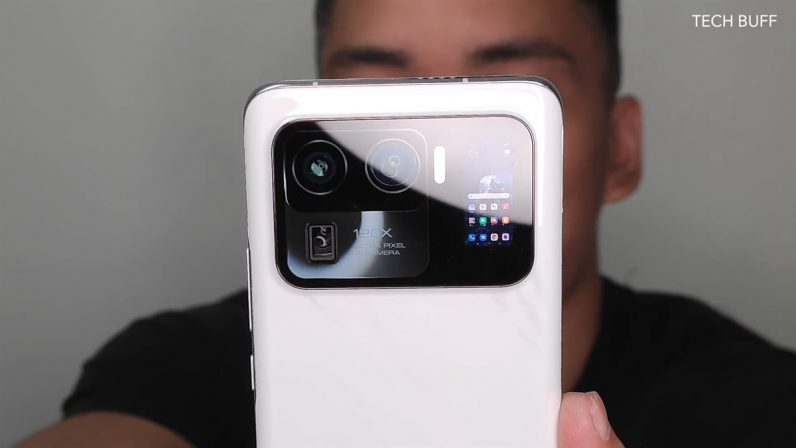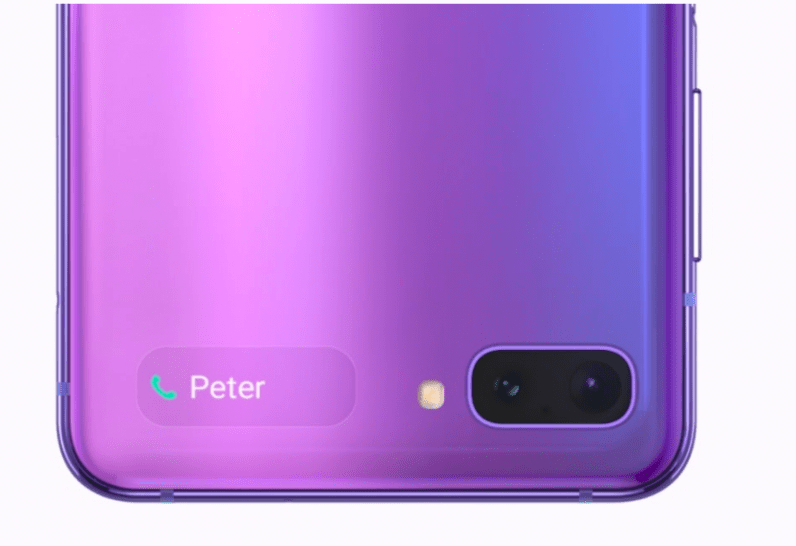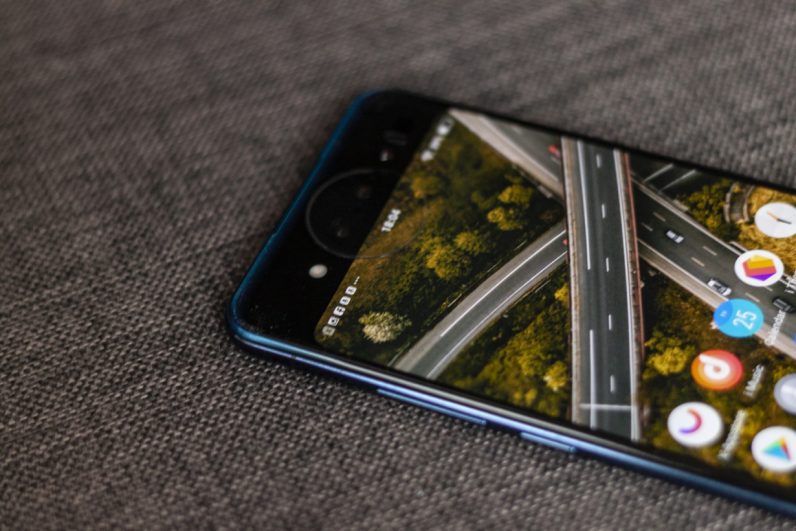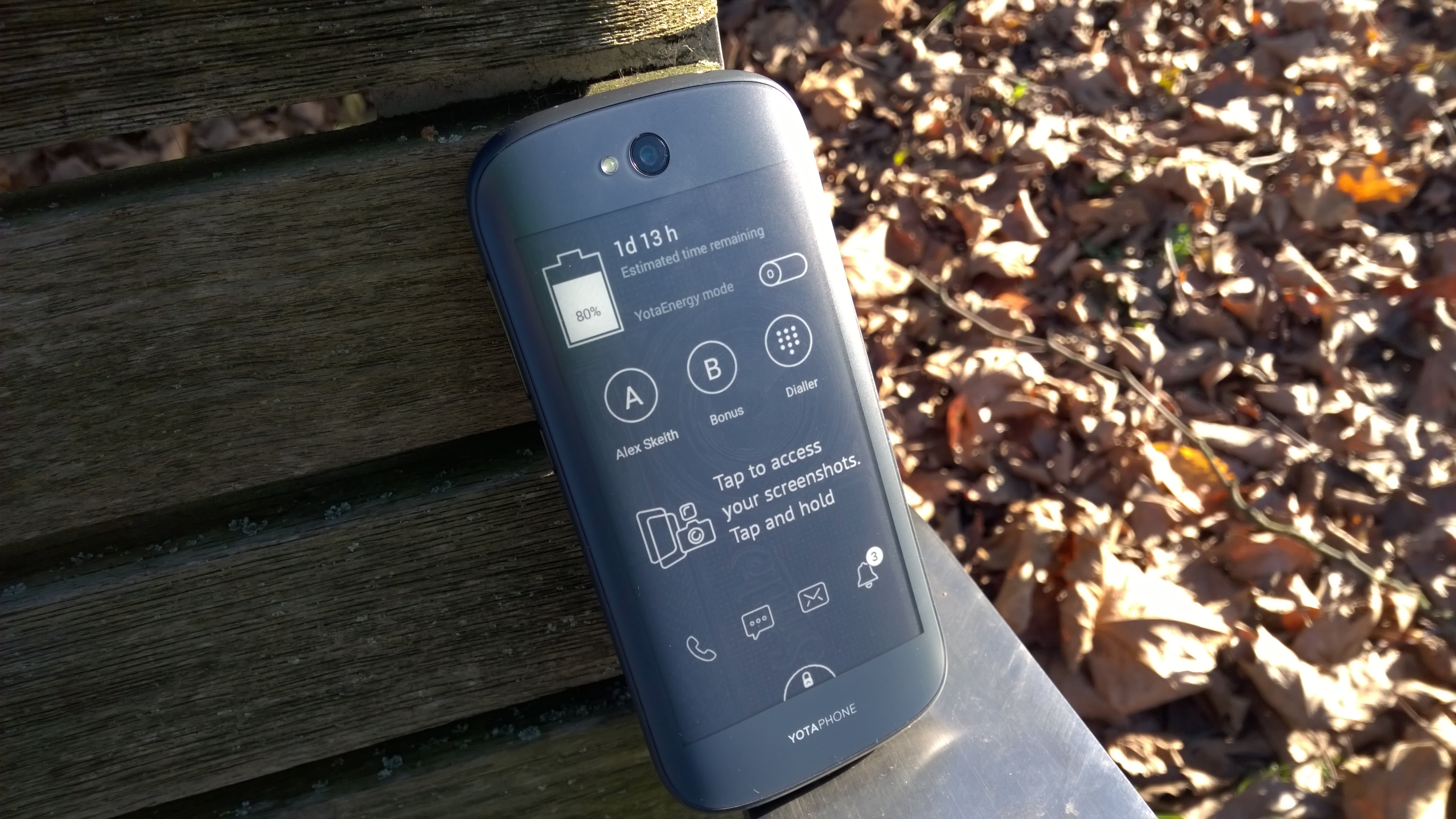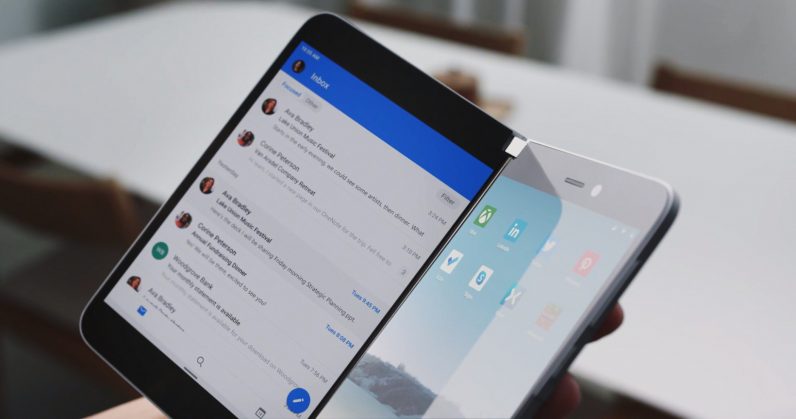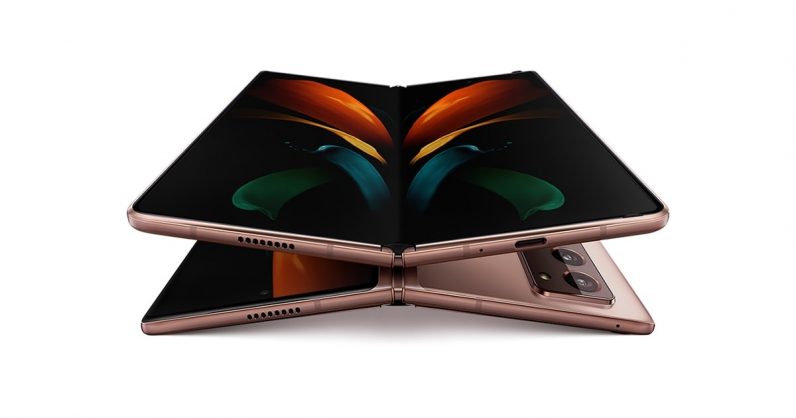That got us thinking: the concept of having a second screen on a phone is not new. In fact, we’ve seen a bunch of brands take a swing at dual-display devices over the years, with varying degrees of success. Let’s take a closer look at the form factors that have used a second screen for some purpose, and see if they’ve been of any use.
Flip phones
That’s right. You might not have thought of these good old stylish flip phones while thinking about a second screen, but plenty of them had one on the shell. We won’t name every single flip phone model that had a second screen, but let’s go back in time to the glory days of the GOAT, the Moto Razr.. The old classic sported a tiny screen to show you information like incoming calls, text messages received, and the time. Smart. When Moto resurrected this form factor last year, it included a 2.7-inch screen on the outside that could also help you take selfies — and display information as well. Samsung’s Galaxy Z Flip, which features a similar form factor to the Moto Razr, includes a tiny display strip of the display to show basic info such as calls instead of going for a bigger screen when it’s closed. For this form factor, a second screen makes sense as your phone is closed most of the time. So if you could see notifications quickly, it helps you decide if you want to open the device at that time or deal with them later.
Tiny second screens
This is the category where the Xiaomi Mi 11 Ultra fits in best. The Chinese tech giant is one of the few to attempt this apart from Meizu. In 2017, Meizu released a pair of phones — the Pro 7 and the Pro 7 Plus — with 2-inch AMOLED displays on the back. The idea was the same as flip phones in terms of displaying information. You could also use that screen to take selfies, but the front of the phone wasn’t all screen, as you can see above. Meh. [Read: How Polestar is using blockchain to increase transparency]
Large second screens on the back of the phone
This is the weirdest application of a second screen according to me. If I have a phone in a bar-shaped form factor, I could just lift it or flip it to see what’s on my screen; what’s the need for the second one? There are some notable entries in this segment including the Vivo Nex Dual Display Edition, the Nubia Z20, and the Nubia X. All of them featured a fully functional screen on the back. But honestly, I don’t see myself using apps on the back of the screen when there’s a better display out in the front. While we’re exploring this category, I have to mention Yotaphone — the phone series by Russian manufacturer Yotathat introduced e-paper displays on the rear panel for reading ebooks and checking notifications while consuming less power. The concept didn’t take off well, but it was a contrasting experiment to just slapping another screen on the back.
Foldables
First, let me get the LG G8X out of the way. It was a fun but shabby attempt at making a ‘foldable’ by slapping a hinge between two displays. Microsoft’s Surface Duo assumes a similar form factor. But it’s arguably better thought out than LG’s experiment, particularly in the way the software handles apps running on both screens. Credit: Microsoft Then there are foldables such as the Huawei Mate X and Samsung’s Galaxy Z Fold series. Both of these have a bigger unfolded display and a “smaller” 6-inch plus display on the outside when folded. Given Samsung’s success in the field, we might see more phones in this avatar. Do you like a second screen on your device? What form factor is your favorite? Tweet @ us.
